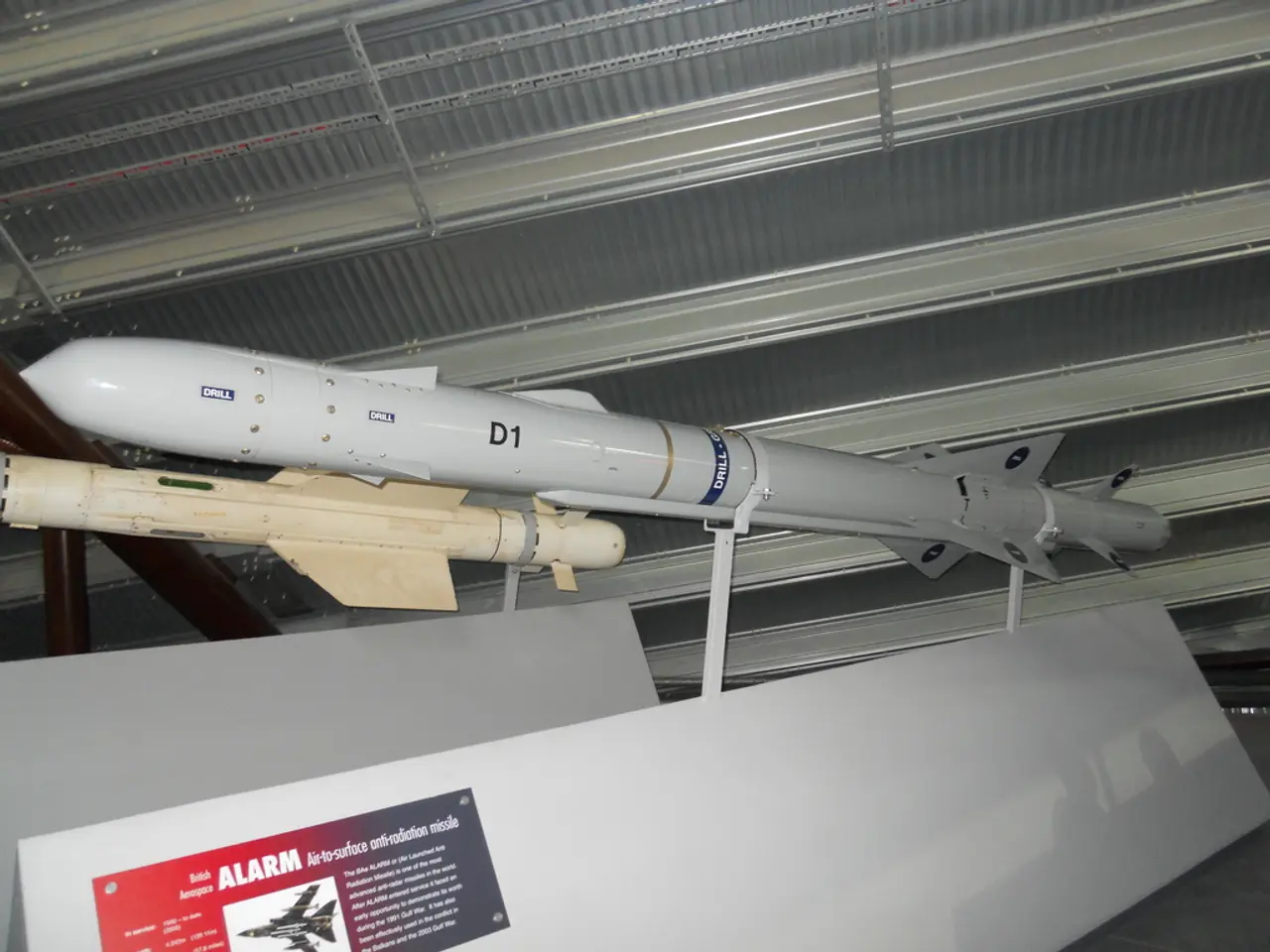US Air Force Transfers F-16 Aircraft from Japan to South Korea, Paving the Path for F-35 Aircraft
In a strategic move to bolster its presence in the region and adapt to evolving global threats, the U.S. Air Force has transferred F-16 fighter jets from Misawa Air Base in Japan to Osan Air Base in South Korea. This transfer is part of the Air Force's ongoing modernization of tactical aircraft and the "Super Squadron" test, which involves sending fighter jets to Osan Air Base from various bases.
Osan Air Base, located about 50 miles from the border with North Korea and 250 miles across the Yellow Sea from China, will now be home to these advanced F-16s. The new jets are equipped with upgraded avionics, radar, computing, and electronic warfare capabilities, thanks to the Post-Block Integration Team (PoBIT) modernization program.
PoBIT, an initiative by the U.S. Air Force, aims to extend the operational life of roughly 608 F-16 Block 40 and Block 50 fighter jets into the 2040s. Key advancements brought by PoBIT include the installation of the APG-83 Scalable Agile Beam Radar (SABR), an Active Electronically Scanned Array (AESA) radar that significantly improves the pilot's situational awareness. This radar offers clearer threat visualization and Synthetic Aperture Radar mapping, enabling detection and engagement of air-to-air and air-to-ground targets at greater ranges.
The PoBIT modernization is also combined with a Service Life Extension Program (SLEP) that reinforces the airframe, increasing the jet's flight hours from 8,000 to 12,000. The upgrade process, which can take up to nine months per aircraft, is conducted at multiple USA and European depots.
The transfer of F-16s from Misawa to Osan enhances the capabilities of the 51st Fighter Wing at Osan Air Base, bolstering its ability to ensure peace and stability on the Korean Peninsula. The departing F-16s from Misawa are being replaced with F-35s, starting next spring.
This year, the Air Force announced it was expanding and extending the "Super Squadron" test, sending an extra 31 fighters to Osan. The forthcoming F-35 arrival at Misawa represents a significant enhancement to the capabilities of the base. In the meantime, the USAF plans to rotate fighters through Misawa to bridge the gap between the departure of the F-16s and the arrival of the F-35s.
The transfer of F-16s from Kunsan Air Base over the summer months is also part of this strategic move. These F-16s, like those from Misawa, come with advanced capabilities, including a new active electronically scanned array radar, center display, and more.
The Air Force's divestment of F-16s from the 35th Fighter Wing at Misawa Air Base is part of the DOD's planned modernization of tactical aircraft in Japan. Meanwhile, the A-10 close air support aircraft are being retired from Osan Air Base this year.
These strategic moves underscore the U.S. Air Force's commitment to maintaining an overwhelming force posture in the region and ensuring its fighters remain viable against evolving threats well into the mid-21st century.
- The Air Force's modernization of tactical aircraft includes the transfer of F-16 fighter jets from the Space Force, emphasizing their commitment to maintaining an overwhelming force posture in space.
- The aerospace industry has witnessed significant advancements in radar technology, with the development of the APG-83 Scalable Agile Beam Radar (SABR), an Active Electronically Scanned Array (AESA) radar used in upgraded F-16 aircraft.
- With the departure of A-10 close air support aircraft, the financing of new F-35 jets is essential for the air force to maintain its superiority in the region and adapt to potential threats in the future.
- The finance sector plays a crucial role in supporting the U.S. Air Force's strategic moves, as the modernization of tactical aircraft requires substantial investments from the Department of Defense (DOD) and the broader aerospace industry.
- The air force's focus on equipping fighter jets with advanced capabilities, such as the new active electronically scanned array radar and center display, underscores the importance of innovation within the aircraft industry to ensure the air force remains competitive on the global stage.








